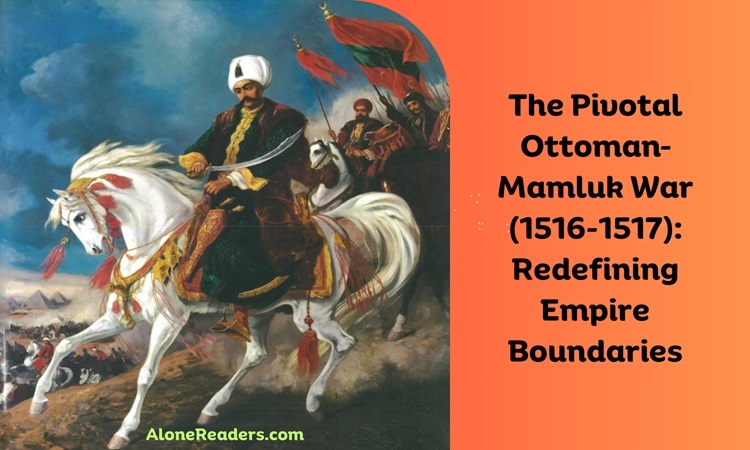
The Ottoman–Mamluk War of 1516–1517 marks a defining moment in Islamic and Middle Eastern history. This conflict, the second major one between the powerful Ottoman Empire and the Egypt-based Mamluk Sultanate, ended not only in a significant territorial expansion for the Ottomans but also in a dramatic shift in the political landscape of the Islamic world.
Before delving into the war itself, it is crucial to understand the prominence of the two empires involved. The Ottoman Empire, initially a small state in Anatolia, had been rapidly expanding under the leadership of ambitious sultans. The Mamluk Sultanate, centered in Egypt, was a well-established power with a rich history, known for defeating the Mongols and the Crusaders.
The war seemed almost inevitable, given the ambitions of the Ottoman Sultan Selim I and the strategic importance of the Mamluk territories, which included the revered cities of Mecca and Medina. The tension was further fueled by religious undertones, with the Ottoman Sultans seeking to establish themselves as the guardians of Islam.
The war officially began with the Battle of Marj Dabiq, where the Ottoman forces, equipped with superior artillery, decisively defeated the Mamluk army. This victory not only showcased the military prowess of the Ottomans but also signified the beginning of the end for the Mamluk Sultanate.
Following their victory at Marj Dabiq, the Ottomans swiftly captured key cities like Aleppo and Damascus. By 1517, they had taken Cairo, effectively toppling the Mamluk Sultanate and incorporating their territories into the Ottoman Empire.
The consequences of the war were profound. The Ottoman Empire, previously a regional power, now emerged as a vast empire encompassing much of the traditional lands of Islam. This expansion was not just territorial but also cultural and religious, as the empire now controlled cities like Cairo, Damascus, Mecca, and Medina.
The acquisition of these territories brought not just prestige but also significant strategic advantages. The control of trade routes, especially those to India and the Arabian Peninsula, bolstered the Ottoman economy. Moreover, the guardianship of the holy cities of Mecca and Medina elevated the Ottoman Sultan's status in the Islamic world.
The Ottoman–Mamluk War reshaped the political dynamics in the Middle East and the Islamic world. It altered balances of power and set the stage for future conflicts and alliances. The Ottoman Empire now emerged as a central player in the politics of the region.
Despite the empire's vast expansion, Constantinople (present-day Istanbul) remained the political heart of the Ottoman Empire. This strategic location bridged Europe and Asia and symbolized the empire's blend of Eastern and Western influences.
The Ottoman–Mamluk War of 1516–1517 was more than just a military conflict; it was a turning point that redefined the boundaries and political landscape of the Middle Eastern and Islamic world. The Ottoman Empire's transformation into a major Islamic power had lasting impacts on the region's history, culture, and politics.